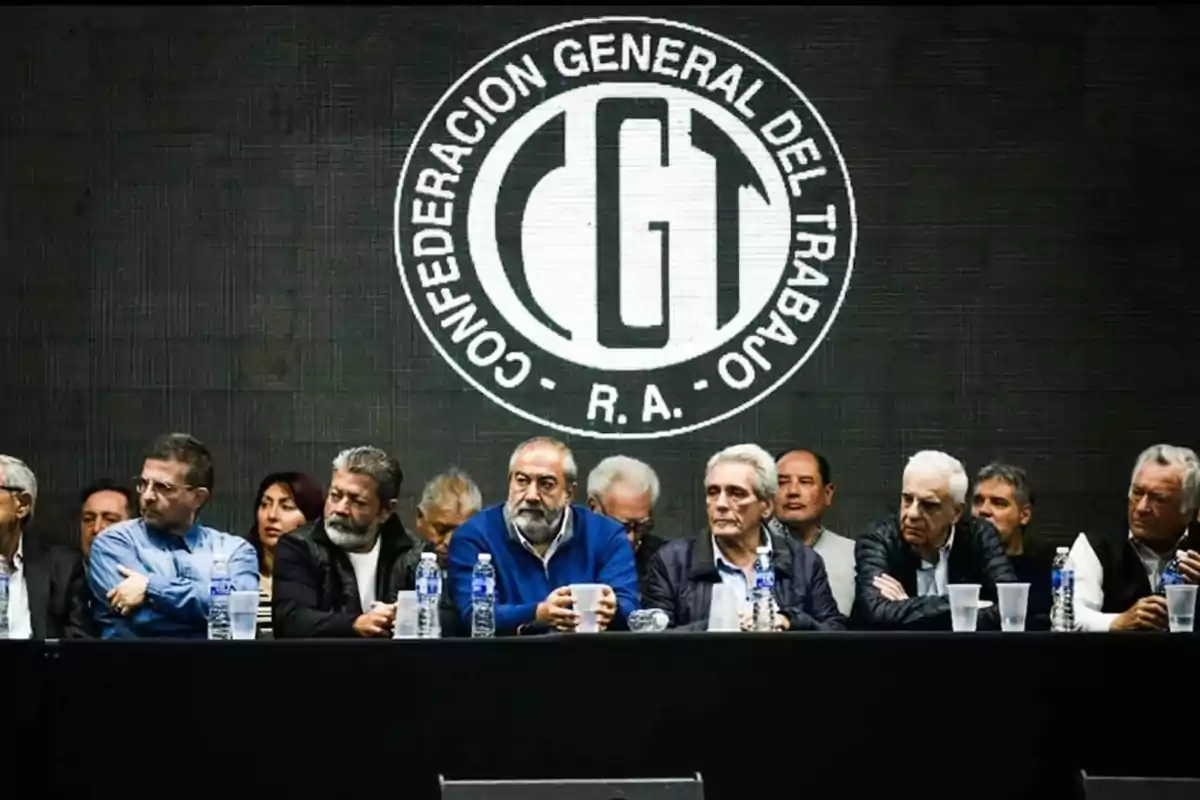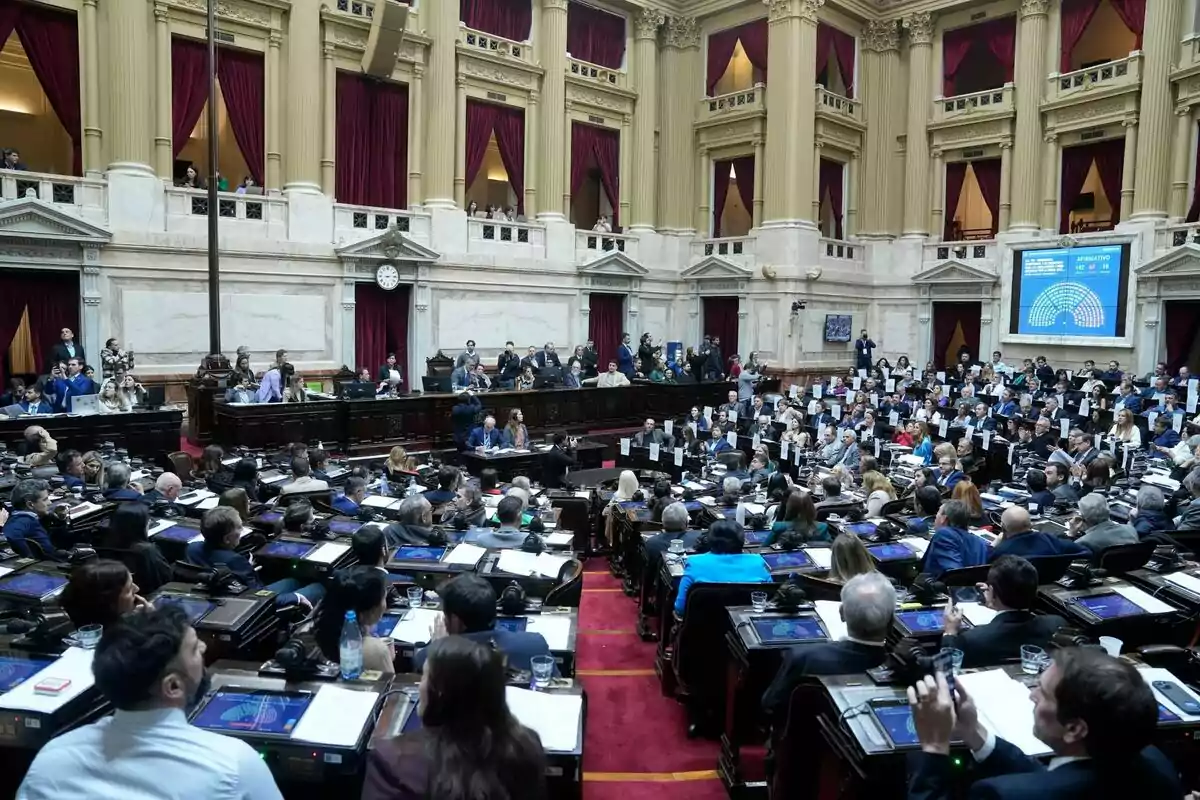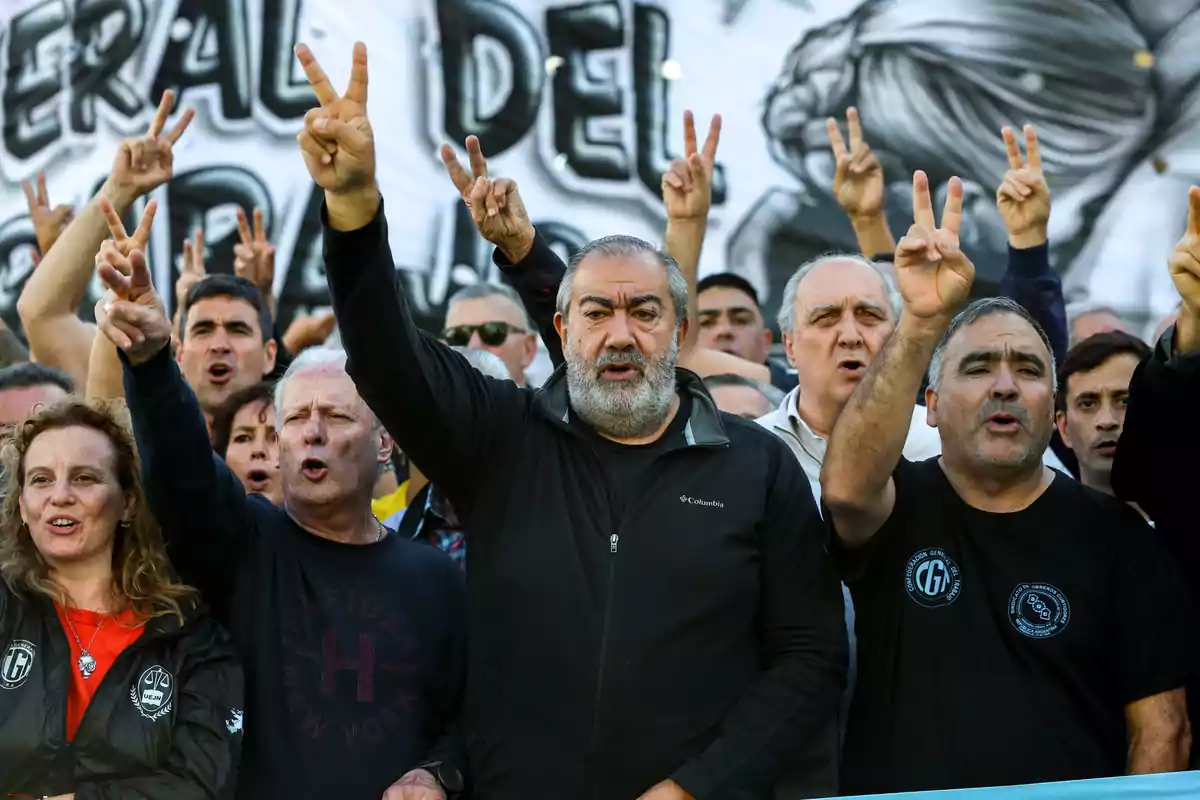
CGT is on track to have its lowest representation in Congress since 1973
Several leaders expressed their discomfort over the exclusion of union leaders from the Peronist lists
Between 1973 and 1976, Congress had 39 deputies from the union movement. However, as of next December 10, it is estimated that this figure will fall to fewer than 10 who currently hold a seat.
This data confirms a sustained trend of loss of influence of the union movement, which has been unable to secure spots on the lists or in the political and electoral strategy of Peronism.
This conclusion was once again evident last Monday, during an expanded meeting of the CGT leadership, in which several leaders expressed their dissatisfaction over the exclusion of union representatives from the candidate lists for the September 7 elections in Buenos Aires province.

Days earlier, a group of CGT representatives had held a meeting with the ultra-Kirchnerist governor Axel Kicillof in La Plata, from which they left with the promise that the Fuerza Patria front, the new electoral expression of Buenos Aires Peronism, would guarantee "broad and active" union participation in the process.
However, not only were they left out of the candidacies, but they were also not invited to the table where the most relevant campaign decisions are made.
Once again, the union leadership was relegated by the Justicialist Party itself, far from that era in the 1970s, when under the leadership of metalworkers' leader Lorenzo Miguel, unions had a strong presence in Peronist governments, influenced their policies, and occupied a third of the spots on the lists.
Only three seats for CGT
With no own candidates in the Buenos Aires elections, CGT and other union groups will barely manage to place three representatives on the lists of national deputies for Buenos Aires province ahead of the October 26 elections. According to the agreement in the formation of the electoral alliance, Axel Kicillof, Cristina Kirchner, and Sergio Massa will each appoint one union candidate, who will appear among the first fifteen spots on the list.

In this context, Kicillof is considering as options the current CGT co-secretary general, Héctor Daer (Sanidad), or the lawyer Hugo Antonio Moyano (Truck Drivers). Cristina Kirchner could lean toward Sergio Palazzo (La Bancaria) or Abel Furlán (UOM), while Massa is considering proposing Omar Plaini (newsstand workers) or Carlos Acuña Jr. (service stations), son of the union leader and current CGT co-chair.
Nevertheless, even if those three representatives manage to obtain a seat, the union bloc in the lower house would remain the same or even smaller than it is now. Of the 10 legislators with union backgrounds who currently serve in the Chamber of Deputies, only five have terms lasting until 2027: Mario Manrique (SMATA), Carlos Cisneros (La Bancaria), Pablo Ansaloni (rural workers), Jorge Ávila (oil workers), and José Gómez (Luz y Fuerza).
On December 10, the terms of the other five will end: Sergio Palazzo (La Bancaria), Vanesa Siley (judicial workers), Hugo Yasky (CTA), Pablo Carro (university professors), and Alejandro Vilca (waste collectors).
This means that, in principle, from that date the number of deputies with union roots would be eight, unless they manage to add more representatives from other provinces. Even so, reaching or surpassing the current 10 seats doesn't necessarily guarantee coordinated parliamentary action among them.
In the Senate, the situation of the union movement is even more critical: of the 72 legislators who make it up, only one comes from the union sector. This is Gerardo Montenegro, general secretary of UPCN in Santiago del Estero. Before him, the last union representative in the Upper House was Guillermo Pereyra, an oil workers' leader who died in 2023, who represented the Neuquén Popular Movement and not Peronism.
More posts: